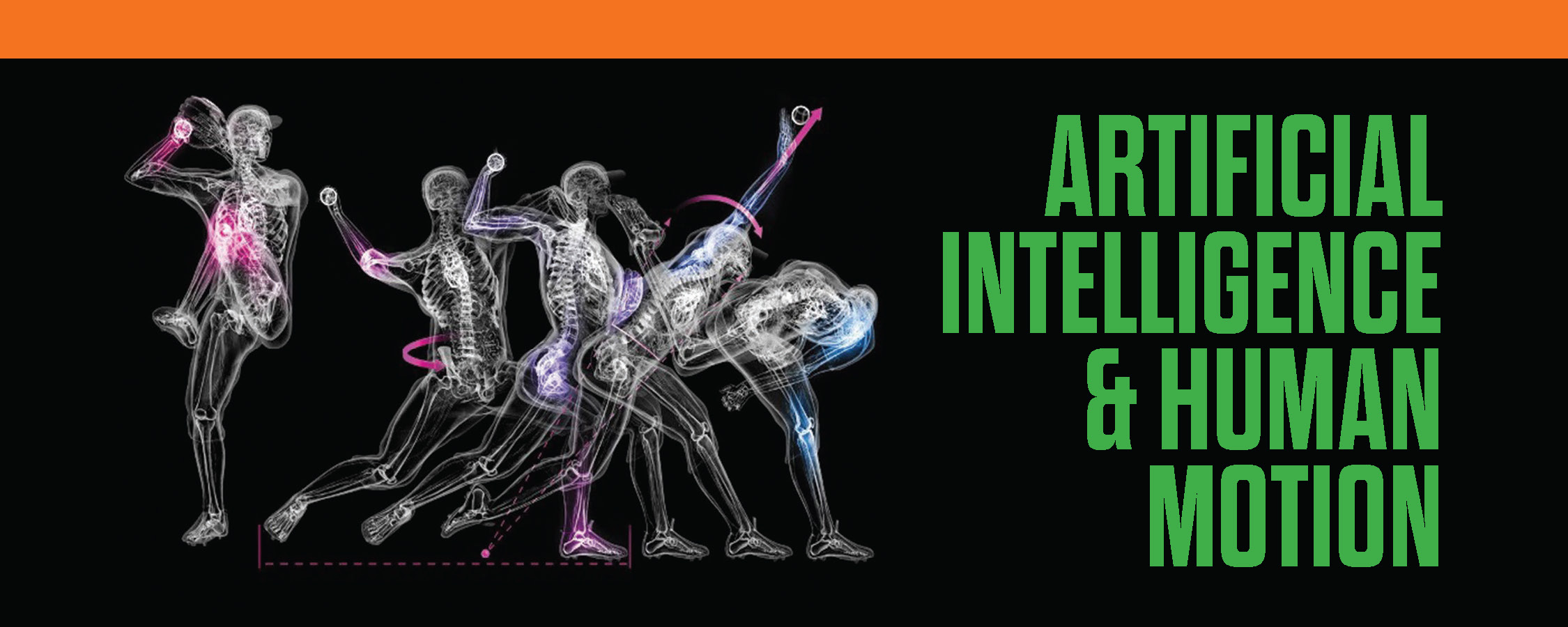ARTIFICIAL INTELLIGENCE & HUMAN MOTION
The Sports Medicine and Motion Analysis Lab, housed in the School of Education and Human Development’s Department of Kinesiology and Sports Science (KIN), is conducting cutting-edge research that focuses on alternative markerless motion capture technologies in an effort to replace traditional optical (marker-based) or sensor (IMU-based) systems. Our research is driven to improve the ability to accurately measure the human movement in natural environment, including clinic and home settings, without the need for external markers or devices.
Our vision is to provide an efficient method for clinicians, coaches, and movement professionals to obtain full biomechanical analyses in clinical or sporting environments. Through this, we hope to provide objective decision-making to boost athletic performance, reduce musculoskeletal injuries, improve post-surgical interventions, and aid management of chronic movement disorders.
MARKERLESS MOTION CAPTURE TECHNOLOGY
What is it?
It is a method used to estimate the 3D positions of the human body over a period of time by tracking objects within image sequences moving in conjunction.
How does it work?
Using a high-speed video camera, this technology captures, analyzes, and provides a 3D reconstruction of a subject’s motion without the need to place markers or use other devices on the subject, resulting in the whole-body motion to be observed and behavior can be quantified.






